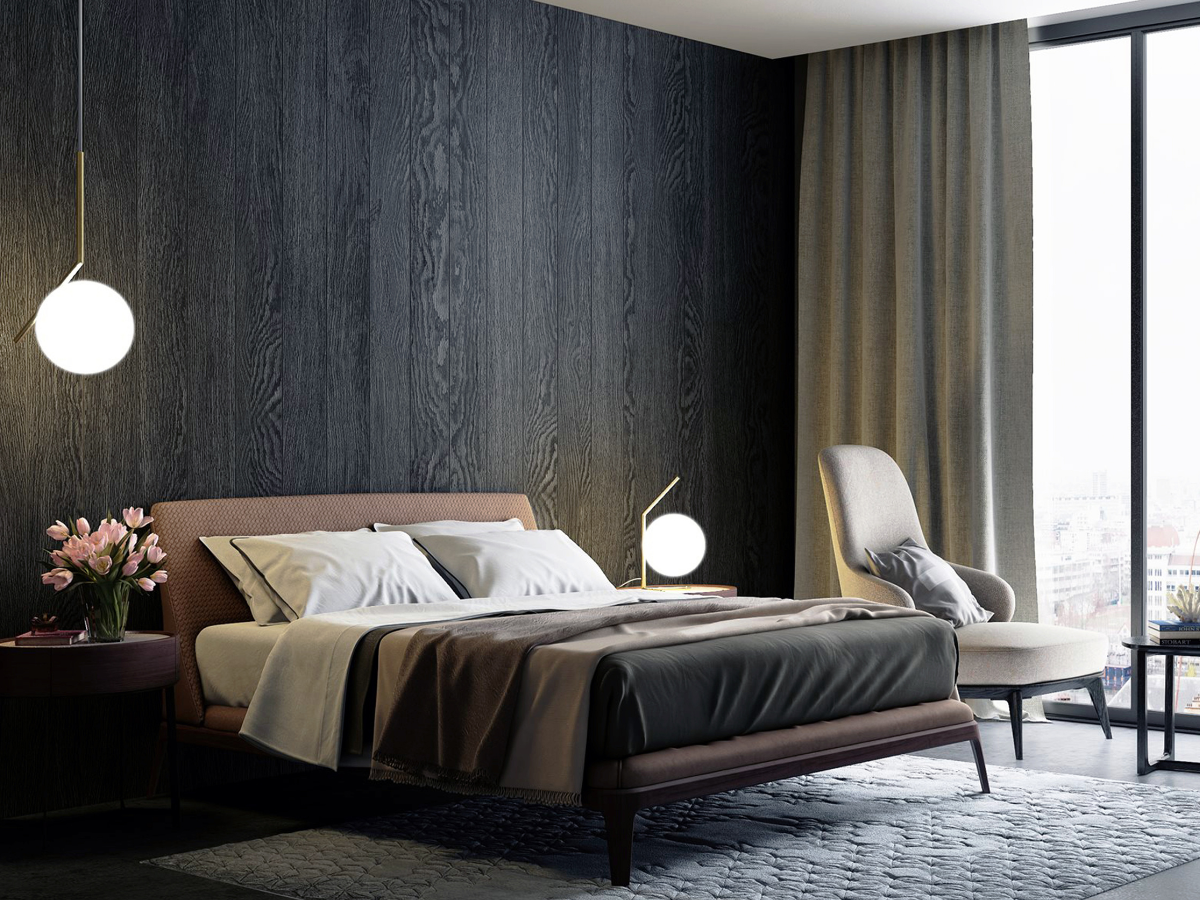
How to interior design a bedroom isn’t just about looks; it’s about creating a space that reflects you, meets your needs, and enhances your life.
Let’s go through each step of the design process with fun thoughts and ideas to get you designing a room that feels like home.
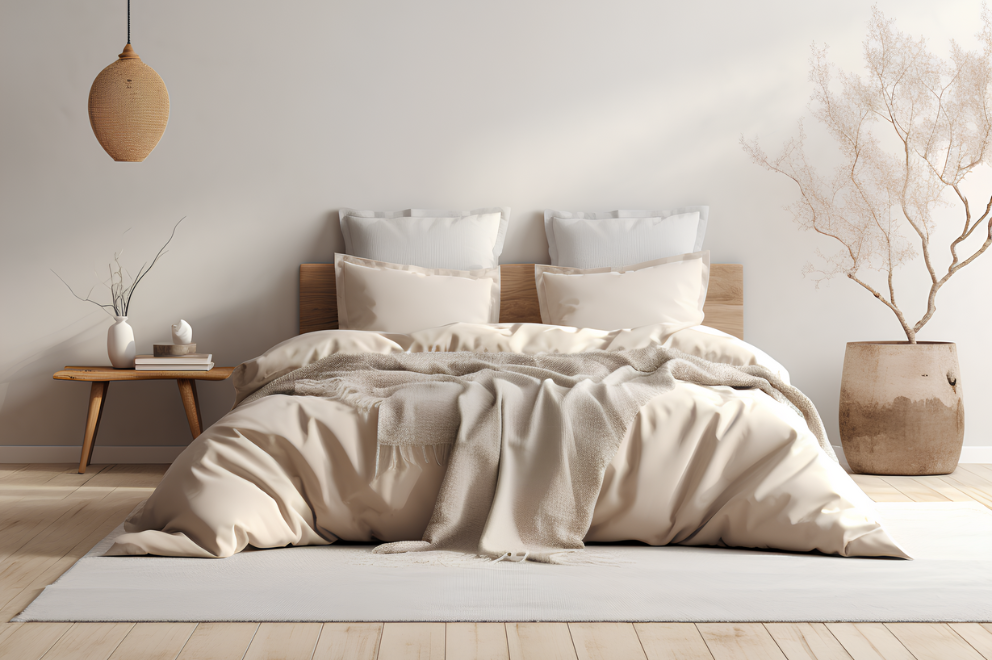
First step in designing your room is to decide on the overall style that speaks to you. This is the foundation for all your decisions.
Your style is the foundation of your room design. It’s what guides every decision you make from color choices to furniture selection. Think of your style as your room’s personality
Imagine walking into a room that feels like a warm hug. What elements give you that feeling? Is it the textures, the color palette or the way the light filters through the curtains?
Create a mood board using images from magazines or Pinterest that speak to you. Look for common themes – colors, patterns, and styles. This exercise will clarify your vision and be a source of inspiration throughout the design process.
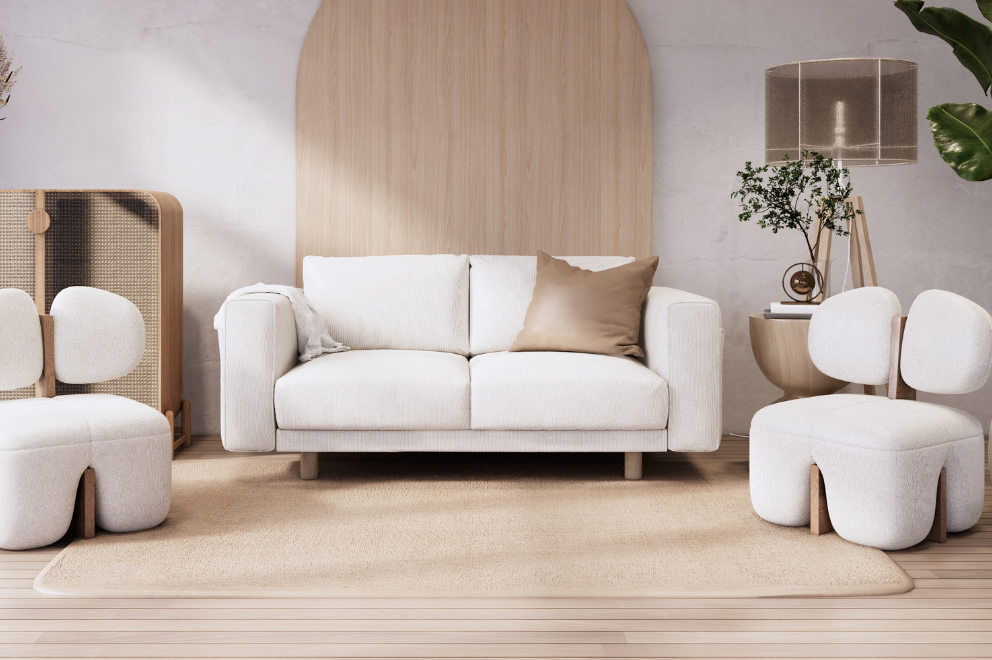
Choosing a color palette is key to setting the mood in your room.
When choosing colors, consider how they interact with natural light throughout the day as this can make a big difference to the room’s atmosphere.
Colors have a big impact on us and our perceptions. A good color palette can make a room feel bigger, cozier, or more vibrant. It sets the mood and can even influence our daily habits.
When considering how to interior design a bedroom, think about how different colors make you feel. Soft blues and greens can be calming, while bright yellows and oranges can energize a space. What colors are you?
Try out paint samples on your walls. See how the colors change throughout the day with different lights. This hands-on approach will help you visualize how your chosen palette will come to life in the space.
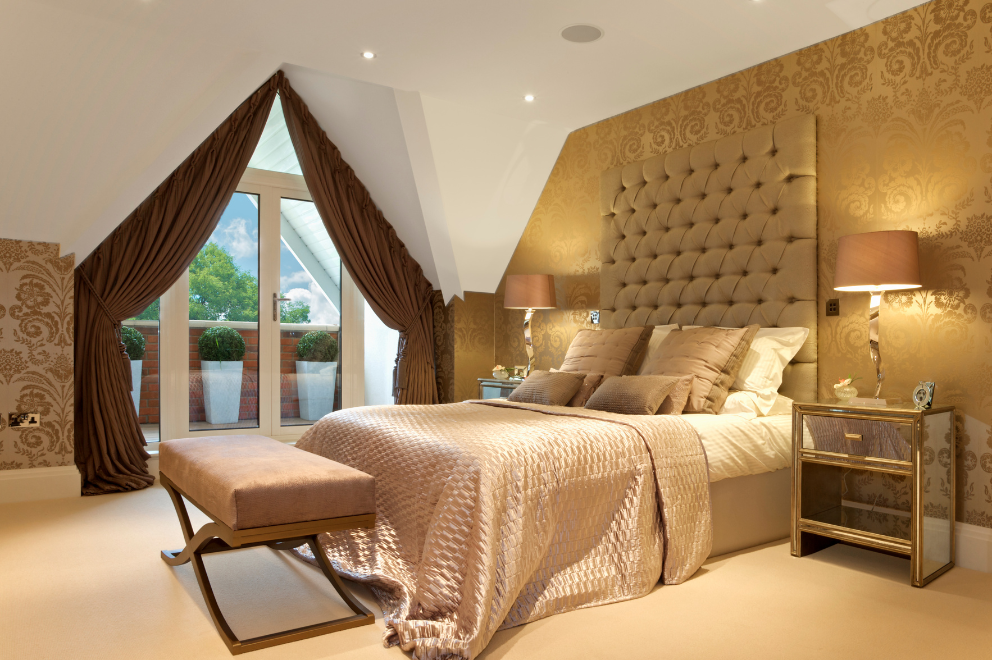
A good layout is key to maximizing space and functionality.
The layout determines how you use the space. A good layout can improve functionality and flow and make the room more enjoyable to be in.
Imagine hosting a party in your newly designed space. How do people move around? Is there a natural flow that encourages conversation?
Use painter’s tape to lay out furniture on the floor when figuring out how to interior design a bedroom. This will give you a visual to play with different configurations without the heavy work. Don’t be afraid to move things around until it feels just right!
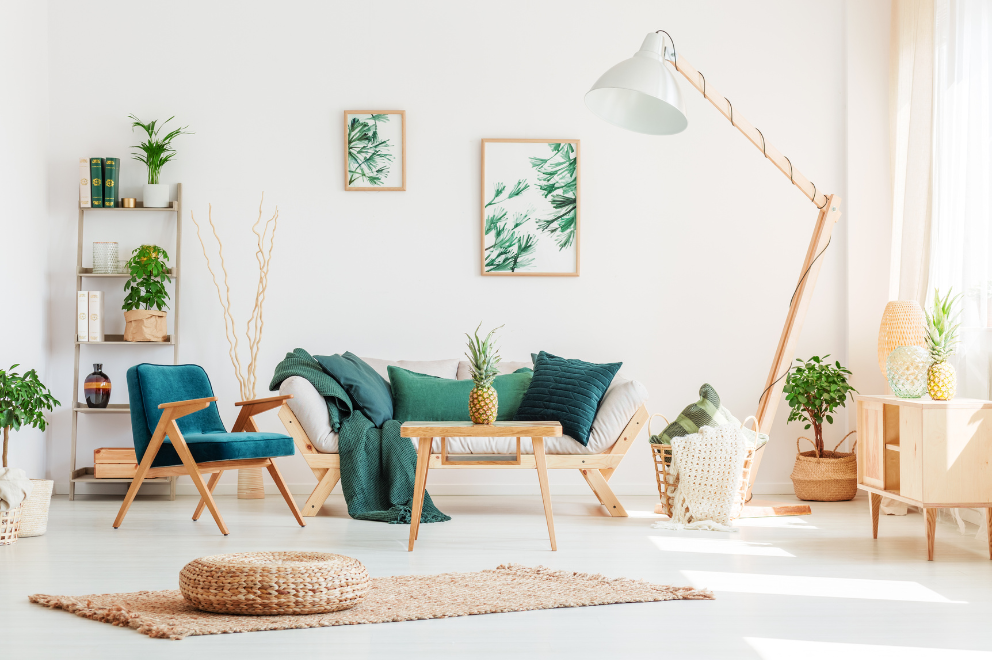
Choosing the right furniture and decor is key to your style and functionality.
Make sure the furniture is in proportion to the room to keep it looking balanced. Furniture is not just functional, it’s also part of the overall look of the room. Choose pieces that fit your style and needs to get a cohesive look.
Think about the stories your furniture tells. Each piece can be a conversation starter or a reflection of your travels and experiences. What do you love that could go in your design?
Head to local op shops or flea markets to find one-off pieces that tell a story. Mixing vintage with modern can create a dynamic and personal space.
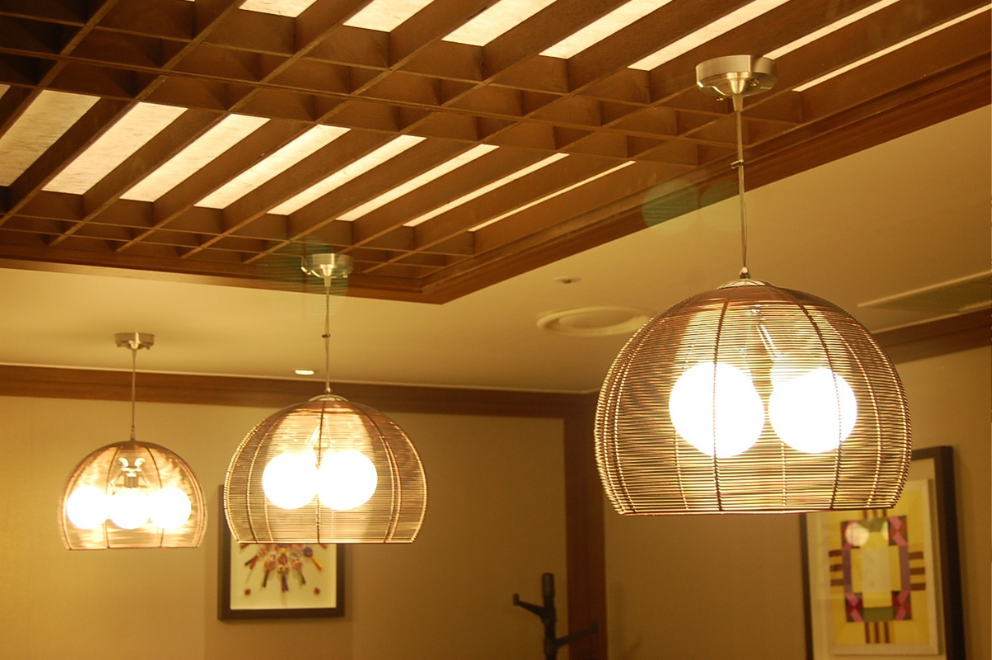
Lighting is key to the mood and functionality of the room.
Lighting can totally change the mood of a room. It enhances colors, highlights decor, and creates an atmosphere. The right lighting can make a space feel warm and cozy or bright and energizing.
Imagine your room at different times of day—how does the light change? Do you want soft, diffused light for relaxation or bright, focused light for tasks?
Layer your lighting with ambient, task, and accent options. When planning how to interior design a bedroom, use dimmers to adjust the mood as needed. Think about how natural light interacts with your space—do you need blackout curtains or sheer drapes?
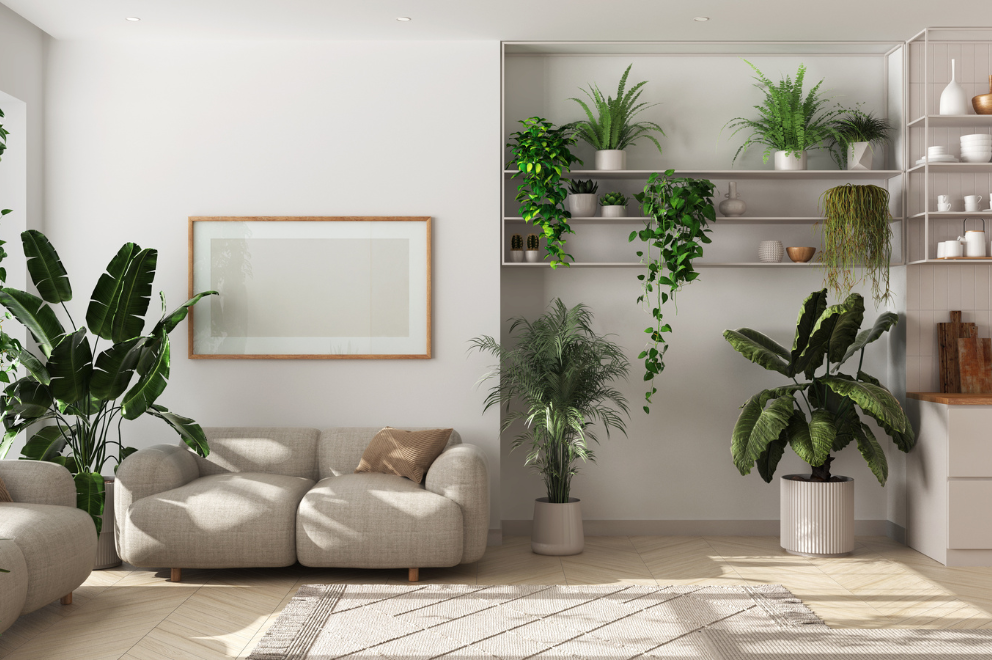
Add personal elements to your room to make it yours.
Personal items make a space feel like home. They tell your story and your interests and experiences and create a deeper connection to the room.
Think about what makes you happy. Is it a piece of art from your travels, a family heirloom, or a collection of books? How can you incorporate those into your design?
Create a gallery wall with your favorite photos and art. This will personalize the space and add visual interest and warmth.
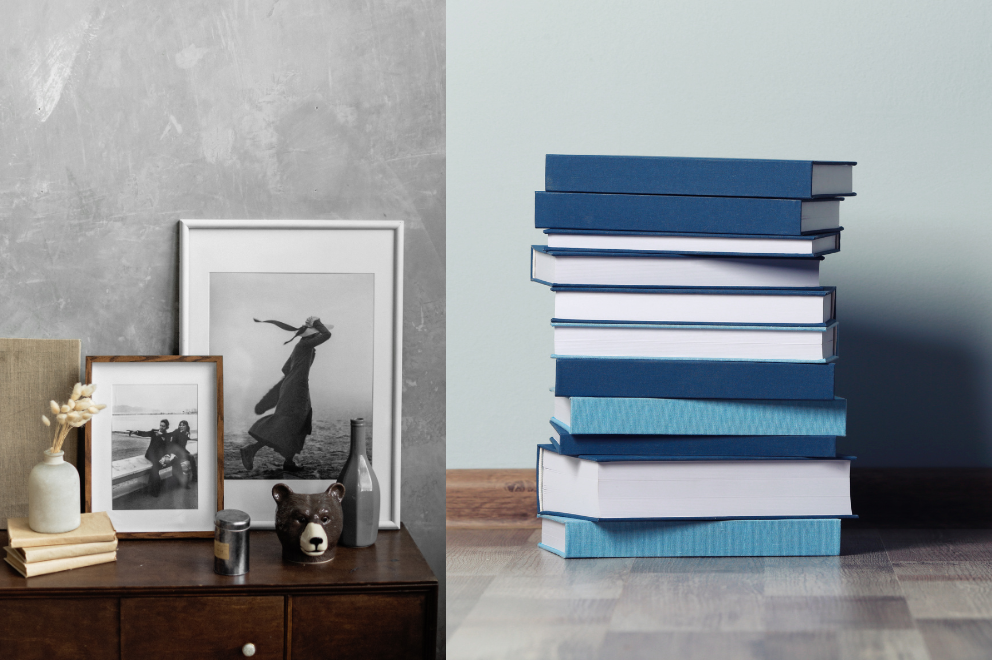
Now that everything is in place, step back and look at the room as a whole.
Design is a process. After living in the space for a bit you may find that some things don’t work as well as you thought. Being open to adjustments means your room will evolve to meet your needs.
Imagine yourself in the space a month from now. Are there any areas that feel cluttered or uncomfortable? What small changes could you make to make it better?
After a week of living in your newly designed room, take notes on what feels good and what doesn’t. Don’t be afraid to move furniture or swap out decor until it feels just right. By going through this thoughtful design process on how to interior design a bedroom, you’re not just creating a room—you’re creating a space that enhances your life and reflects you. Enjoy the journey, and remember, good design is about more than just looks; it’s about creating a sanctuary that nourishes and inspires you every day.
Don’t be afraid to make changes over time; how to interior design a bedroom is a process, and your space should reflect your changing tastes and needs. By following these steps, you can design a room that looks professionally curated and feels personal and cozy. Enjoy the process and be proud of your space!
When designing a bedroom consider the overall style, color palette, layout, lighting and furniture. Your style sets the tone while the color palette sets the mood. A well planned layout enhances functionality and flow and comfort. Lighting plays a big role in ambiance and the right furniture helps to create a cohesive look that’s you.
Adding personal touches means incorporating items that are you, family photos, travel souvenirs, and meaningful artwork. Choose textiles that feature your favorite colors or patterns and consider a gallery wall to display your treasures and make the space feel yours.
To make a small bedroom feel bigger use light colors on the walls and bedding to create an airy feel. Use mirrors to reflect light and visually expand the space. Multifunctional furniture and minimal decor will make the room feel more open and cozy.
Updating your bedroom design every few years is a good rule of thumb so you can adapt to changing tastes and needs. But smaller updates can be done more frequently like changing decor or rearranging furniture. The goal is to have a space that still feels you and comfortable over time.
Designing a bedroom is a fun process where you can create a space that’s personal to you. By considering style, color, layout, and lighting you can turn your space into a cozy retreat. Remember to add personal touches that are you and be mindful of your budget as you make decisions. Whether you’re making small updates or a full redesign the goal is to have a harmonious space that enhances your daily life. Enjoy the process of bringing your dream bedroom to life!

James Sullivan, an architect with a degree from the University of Texas, has focused on sustainable beach house designs since 2013. He joined our team in 2020, weaving his expertise into articles that emphasize harmony with nature. James enjoys scuba diving during his weekends.

Hi there! I’m Aisha Harper. With a background in exploring breathtaking destinations and a deep appreciation for creating warm, inviting spaces, I’ve combined my passion for adventure and home into a fulfilling career. From scaling mountains to styling living rooms, I love blending the thrill of the outdoors with the comfort of home, inspiring others to do the same.